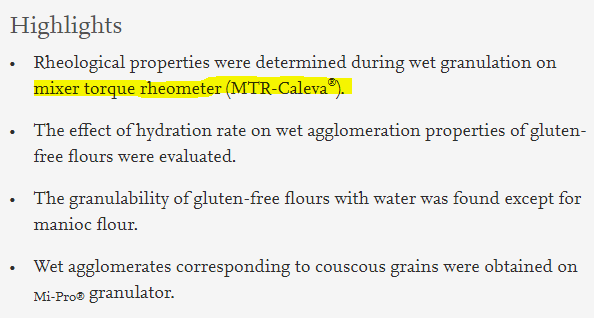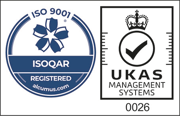
The different states of agglomeration were identified by the evolution of rheological properties under water addition and shearing conditions using a Caleva® mixer torque rheometer.
Abstract
Agglomeration properties of gluten-free cereals such as corn, manioc, amaranth, buckwheat, and quinoa flours were investigated. The different states of agglomeration were identified by the evolution of rheological properties under water addition and shearing conditions using a Caleva® mixer torque rheometer. The Mi-Pro® high-shear granulator has been used to produce wet agglomerates, which were characterized by fraction distribution, water content, density, and agglomeration yield. Results show that all samples present the same rheological characteristics: four agglomeration states are identified. The most highly developed cohesion was obtained with the amaranth flour with a mean torque of 2.4 N.m. Wet agglomeration with Mi-Pro® granulator showed that all selected flours can be granulated except for manioc flour, which did not give agglomerates. Using corn flour leads to a better uniformity on the size distributions but less for amaranth, buckwheat and quinoa flours. This study shows that it is possible to agglomerate these gluten-free flours for the preparation of couscous, which may diversify the choice of couscous types for people suffering from celiac disease.
See full article here https://www.sciencedirect.com/science/article/pii/S0023643819303627


Leave A Comment